Drilling Technology
Introduction to Land & Offshore Drilling
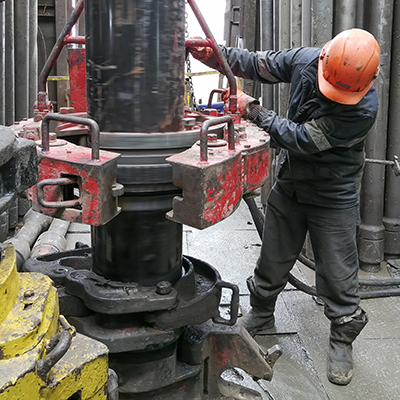
Drilling for Geoscientists
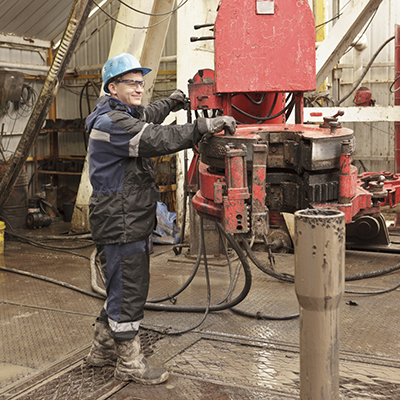
Drilling
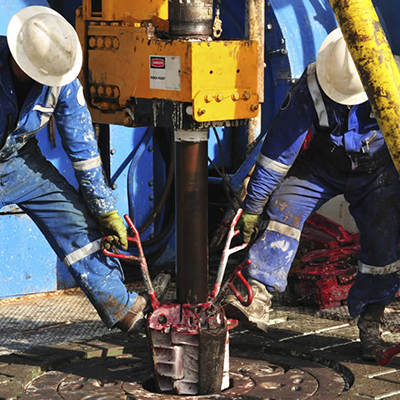
Artificial Lift: Pumping

Advanced Drilling Engineering
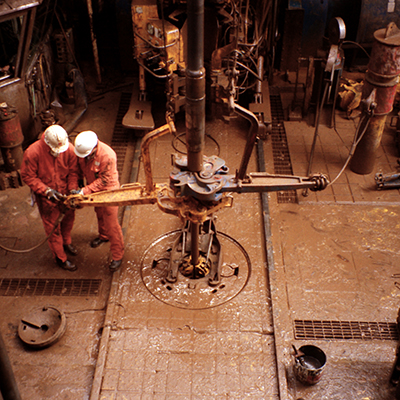
Advanced Cementing Practices
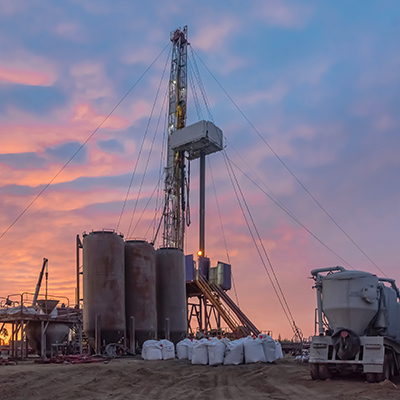
Build a Strong Foundation with Core Drilling Courses
A solid understanding of core drilling concepts is essential to excelling in this fast-paced environment. Whether you are a beginner or an experienced driller looking to refine your skill set, foundational drilling courses lay the required drilling base.
These courses usually include:
- Types of rigs and drilling tools
- Site preparation and safety procedures
- Mud circulation systems
- Basic geology for drilling site evaluation
The effective drilling courses combine theory and practice. Dealing with real-world equipment problems, safety issues, and how an industry works gives people confidence to work in the field. Along with the technical skillset, foundational courses strive to instill moral and environmental responsibility in students as part of any operational undertaking.
The most important takeaway from these sessions is the instant practical experience that comes with it; every employer finds value in that. These courses cover all, whether entering into mineral exploration, water well drilling, or oilfield services.
Enhance Precision through Advanced Directional Drilling Training
Once you know the basics, the next step is perfecting the skills needed for more complex operations, especially horizontal or angular drilling. This is where specialized directional drilling techniques come in.
This training should help you master the following:
- Planning borehole trajectories
- Comprehending bottom-hole assembly (BHA) design
- Surveying and measuring well paths
- Torque, drag, and hydraulic management
Contemporary directional drilling training utilizes modern technology, such as measurement while drilling (MWD) and logging while drilling (LWD), for real-time data capture. These include controlling the bit's angle and the drill string's direction, particularly at offshore and other unconventional drilling sites.
Directional techniques training courses in drilling help professionals deal with deeper and more complex wells while lessening the damage to the ecosystem and minimizing costs.
Enhance Safety and Efficiency in Drilling Operations
Every successful drilling operation must begin with safety as a pillar. Drilling activities conducted offshore, in mountainous regions, or in urban areas carry a certain level of inherent risks and require sophisticated teams to handle them. Drilling courses focus mainly on safety, effective emergency protocols, and following mandated international-level safety regulations such as ISO and API.
While designing safety protocols, consider focusing on the following areas:
- Well-control and blowout prevention
- Safe Working Procedures (SWP) for Personal Protective Equipment (PPE)
- Equipment servicing and examination routines
- Environmental risk assessment and management
Incorporating safety ideal situations into training not only makes workers safe, but increases efficiency by reducing downtime and costly incidents. With proper preparation and confidence comes improved performance.
Check Out New Trends in Drilling Technology
The drilling industry is undergoing significant transformations due to the advancement of automation, monitoring, and eco-friendly approaches. To keep up or ensure their employability, men and women in the profession should stay current with proactive drilling programs that provide adequate training on the relevant technology and methodologies.
Let us examine some of the important shifts that shape drilling:
- Automated drilling systems: AI-based drilling rigs eliminate human faults and help drill faster.
- Real-time data collection and sensor integration: Operations with predictive information-gathering and improved decision making.
- Managed Pressure Drilling (MPD): Best for controlling pressures in the wellbore. Minimizes the chances of a blowout.
- Environmentally responsible drilling: Using low-impact rigs and biodegradable mud systems reduces ecological footprints.
Those who participate in these cadet training courses have more career opportunities. Some institutions collaborate with other partners in other institutions to give live demonstrations and offer certification on the latest technology for the software.
Drilling is no longer just a skill set. It's time to make it an expertise fixated on that leads with technology.
Advance Your Career with Comprehensive Drilling Programs
Full-length drilling programs can change your career trajectory if you want to step into a leadership position or shift towards good engineering or offshore project management. These specialized courses are more complex and can take several weeks or months to complete, including classroom training and fieldwork.
Here is what you receive from a comprehensive drilling program:
- In-depth coursework on geology, fluid mechanics, equipment operation, and step-by-step project breakdowns
- Internationally acceptable certification options
- Hands-on experience in both onshore and offshore drilling settings
- Soft skills training for team leaders and operational communication
Taking such programs allows one to earn remote job offers, higher salary ranges, and participation in large projects that define global infrastructure.
If you want to think about the long term, taking recognized, certified drilling programs is one of the best investments you can make. Consider options today to build a future as sturdy as the rock under your feet.
FAQs
Will I have a good career in drilling?
Drilling is one of the most sophisticated and rewarding professions available today. It provides dynamic opportunities in energy, construction, mining, and many other industries. Those who complete certified drilling courses are guaranteed employment. The work is tough, but most people in the sector are rewarded with international travel, great salaries, and strong career advancement possibilities.
What are the basic principles of directional drilling?
Horizontal or directional drilling is the opposite of vertical drilling. It is done at an angle with horizontal or oblique lines to reach oil and gas reservoirs located under obstacles or to access several targets from one point. After proper directional drilling training, professionals are capable of customizing borehole direction and planning well paths. They can also operate real-time navigation tools like MWD systems to control subsurface complications accurately.
What is the process of obtaining a drilling certificate?
To obtain a drilling certificate, you must register for accredited drilling courses covering theoretical and practical parts. Completing these lessons may also come with an additional exam or practical test. Check that the choices you have in mind qualify for industry associations so that you are certain that your certification will be accepted.

